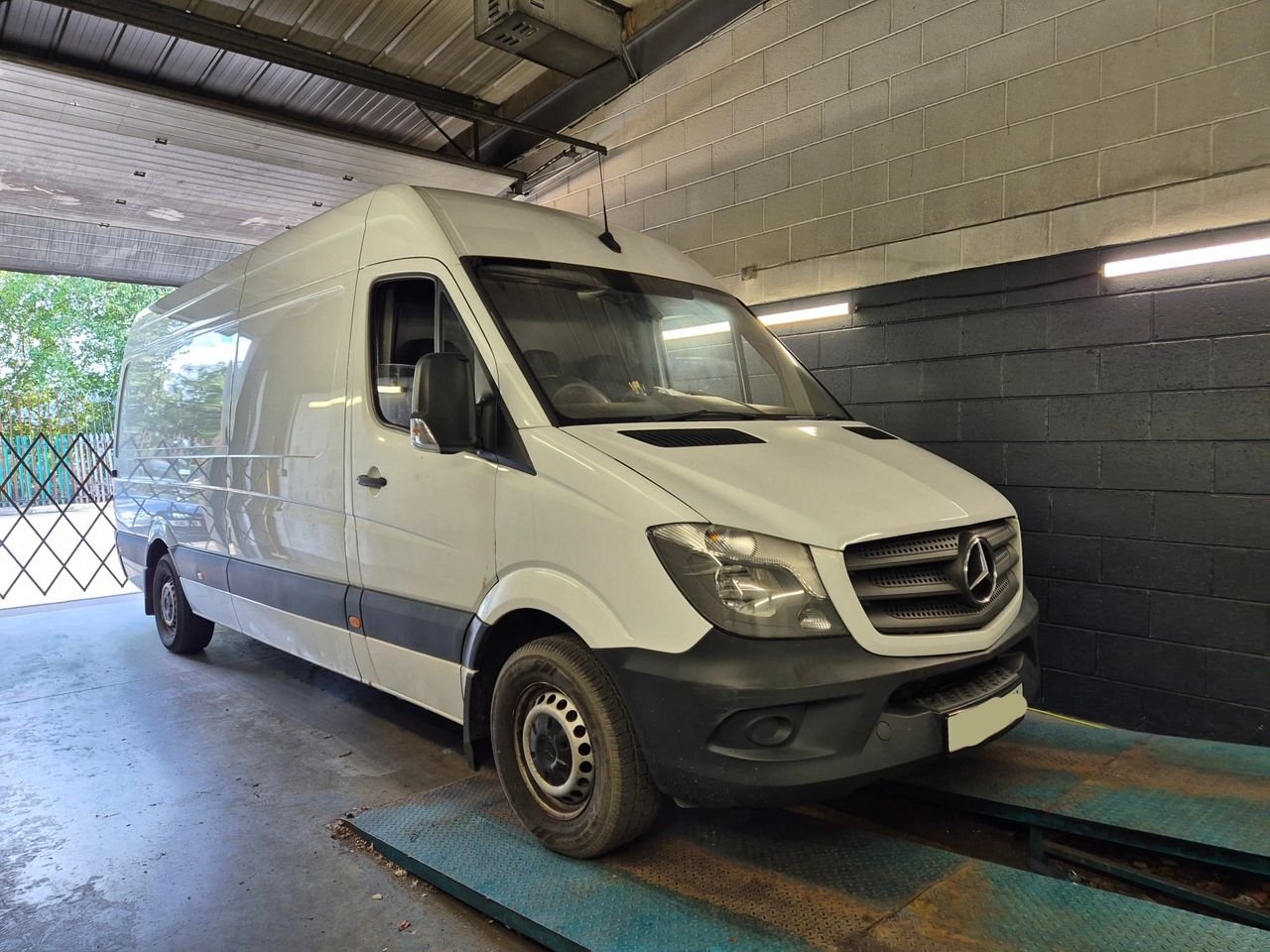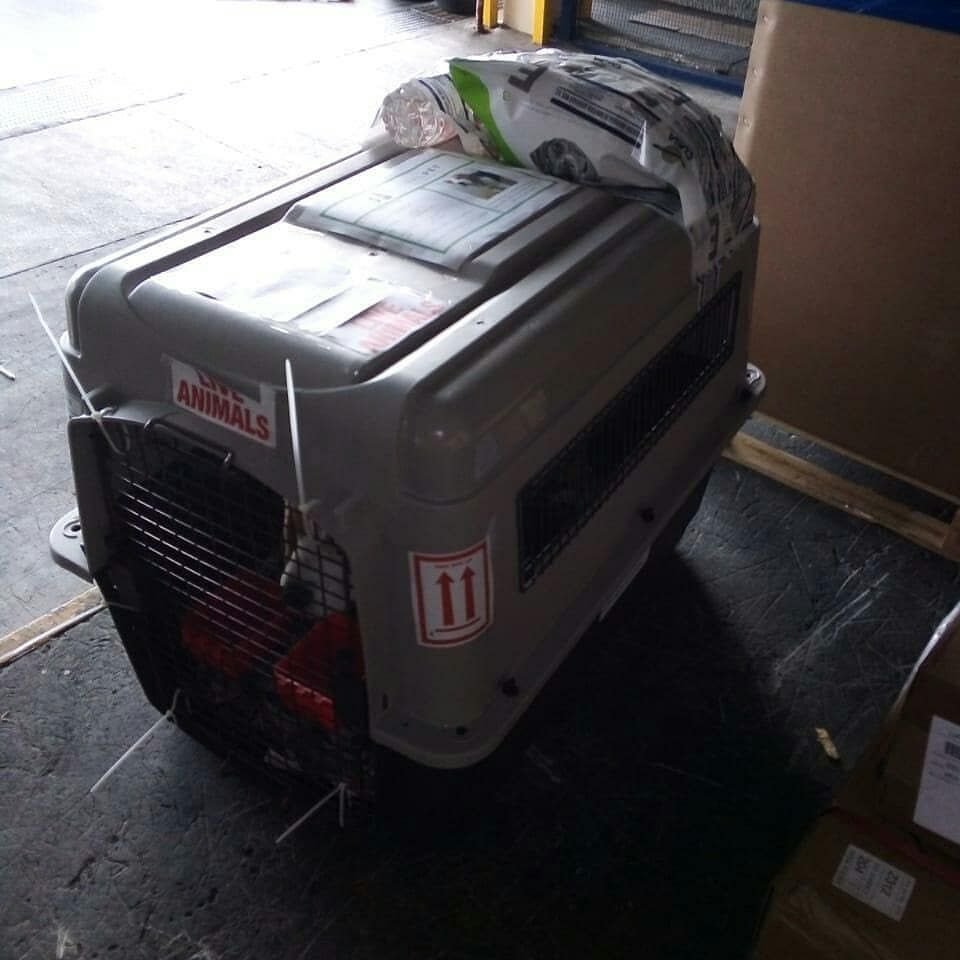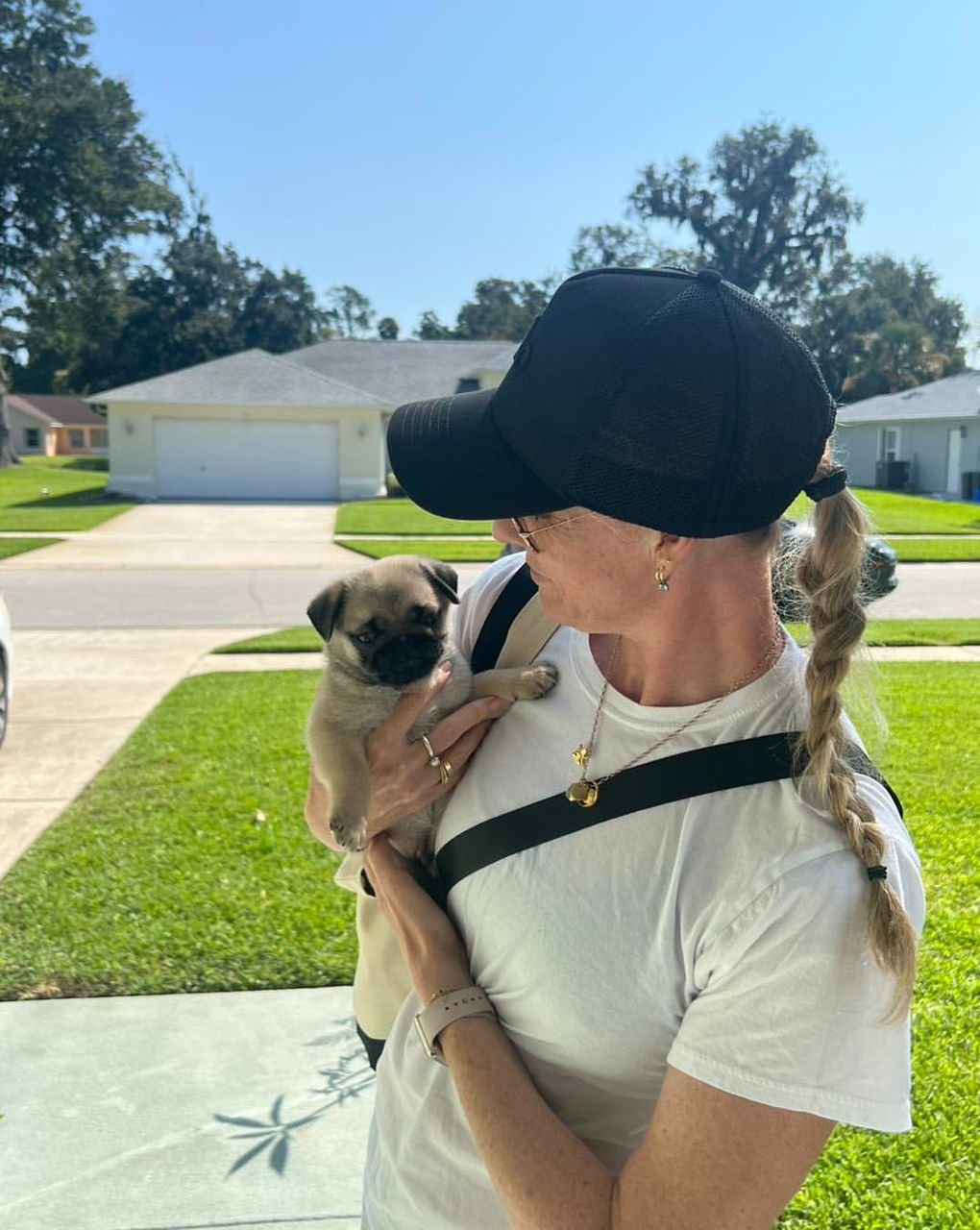Shipping

Thousands of pets and exotic animals are shipped successfully each year, though their travel options are somewhat limited to air and auto transport. Buses, trains and boats are usually out of the question for anything but service animals, though certain carriers may have their own rules. The Humane Society of the United States recommends that pets go by air only when "absolutely necessary" and questions the safety of putting a pet in an air cargo hold [source: Humane Society]. While you could certainly drive a pet cross-country or fly an airline that will let you to take your pet as carry-on luggage, sometimes that air cargo hold is your only option. But there are many rules in place to make sure it's as safe as it can be. If you're the kind of person with a disregard for authority and a penchant for rule-breaking, then shipping a pet via air cargo is not for you. The process of pet shipping involves a whole host of regulations that pet owners must decipher -- pretty much every airline that will carry a pet as cargo and every country that will receive a pet has their own rules and regulations for pet shipping. This is one of the reasons why many people pass the responsibility off to a pet shipping service, which will figure out all the rules, fill out the paperwork and ensure your pet meets you at your destination.
What you get
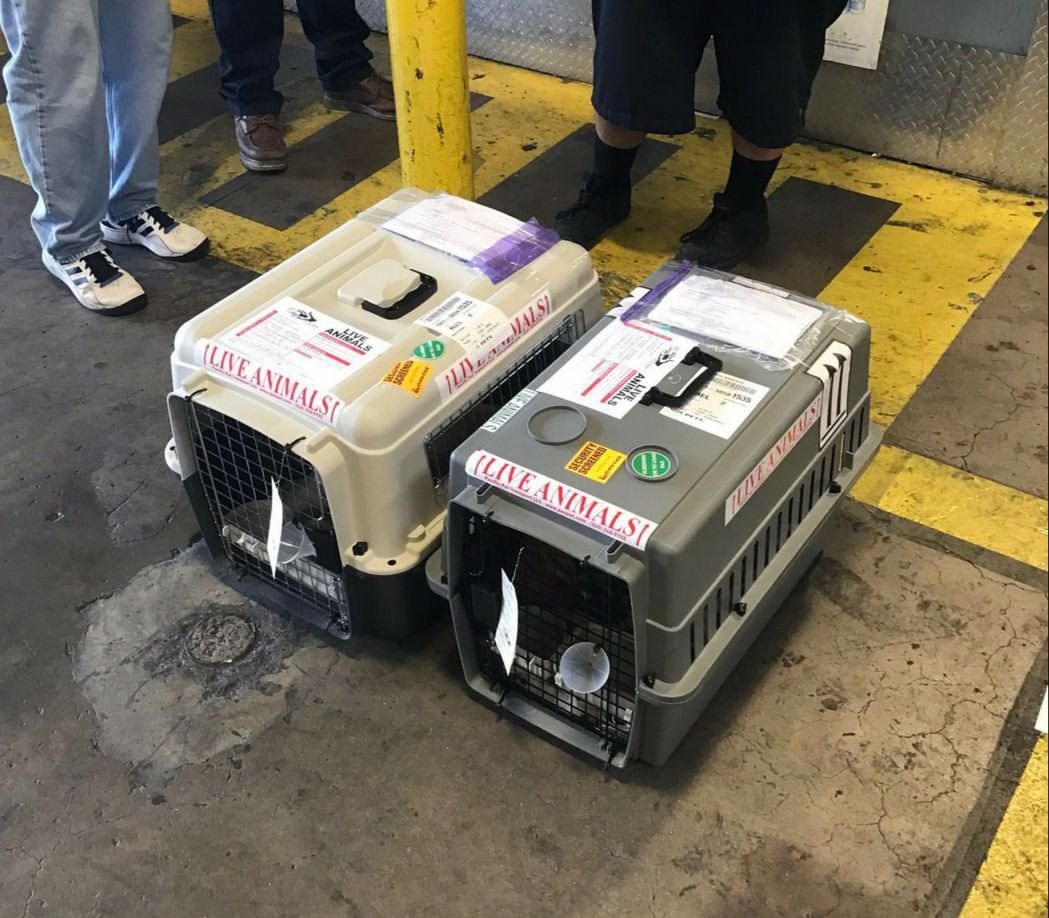
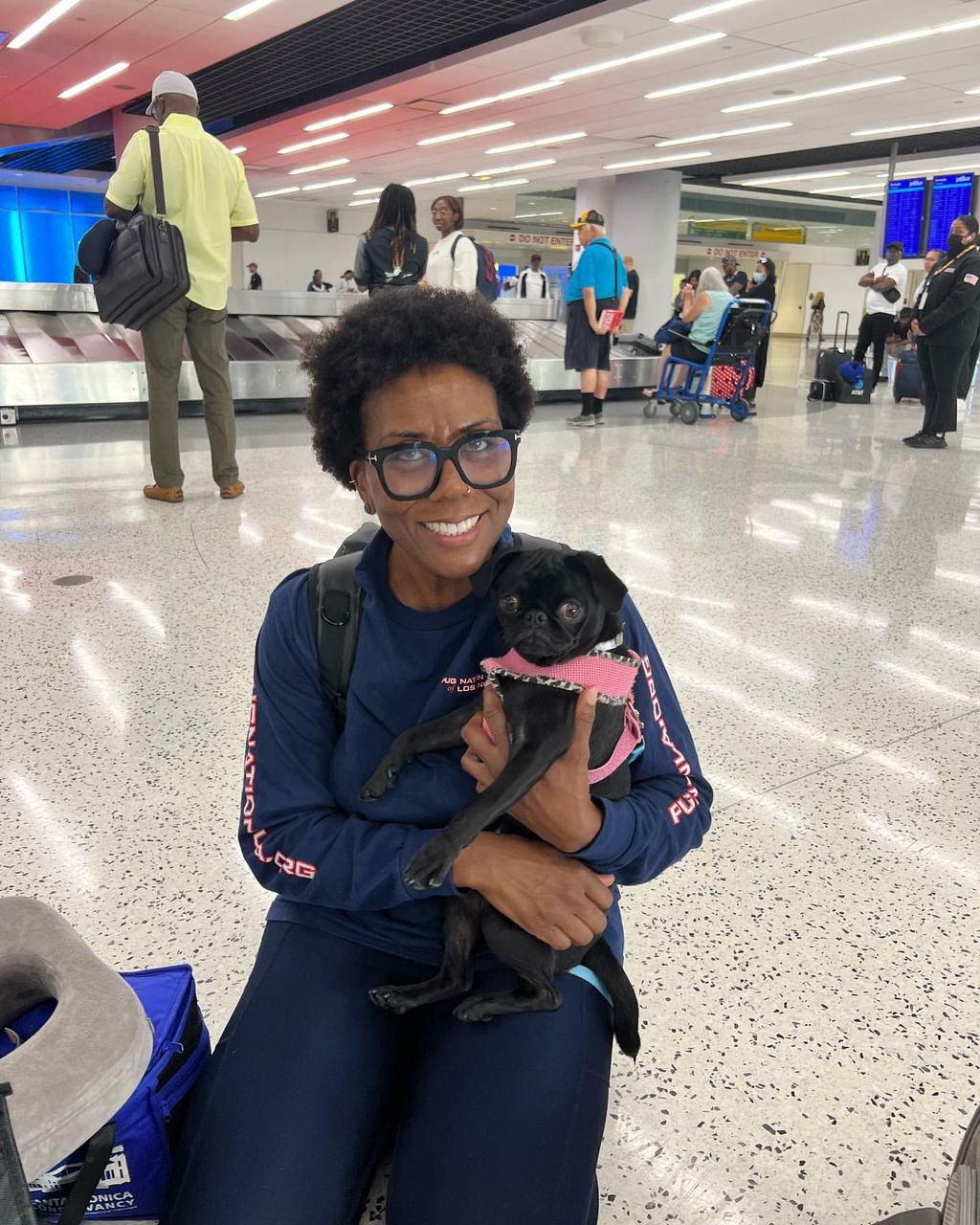
While many of us may self-medicate with a sleeping pill or a stiff drink before a long flight, resist the urge to do the same for your pet. When an animal dies in the course of being shipped, sedation is usually the cause [source: IPATA]. While it seems like sedation would be beneficial in getting a rowdy animal, wound up from the excitement and stress of traveling, the sedation can have a dangerous effect once the animal is settled in the plane and in the air. For one thing, the effects of a sedative during the flight are too difficult to predict beforehand; it may have too strong an impact once the animal is in the cargo hold, where conditions are pressurized and dark. Rather than drugging your pet, make travel a natural high by getting them accustomed to their surroundings before the trip even starts. Giving your pet some time in the kennel in advance, rather than having the carrier be a travel day surprise, will likely relax the animal during the journey.
In addition to feeding your pet four hours before, you’ll also want to walk the pet. Get to the airport with plenty of time to spare; if you think making a plane at the last minute is traumatic, you don’t want to have that experience with a pet in tow. Once you kiss your pet good-bye, it can be agonizing to wait for the joyful reunion. When you see your pet again, just pretend that those big sloppy kisses or dainty licks are signs of your pet’s gratitude for planning all those pet shipping details.
Copyright © 2002-2025 The Pug Corner
All Rights Reserved

